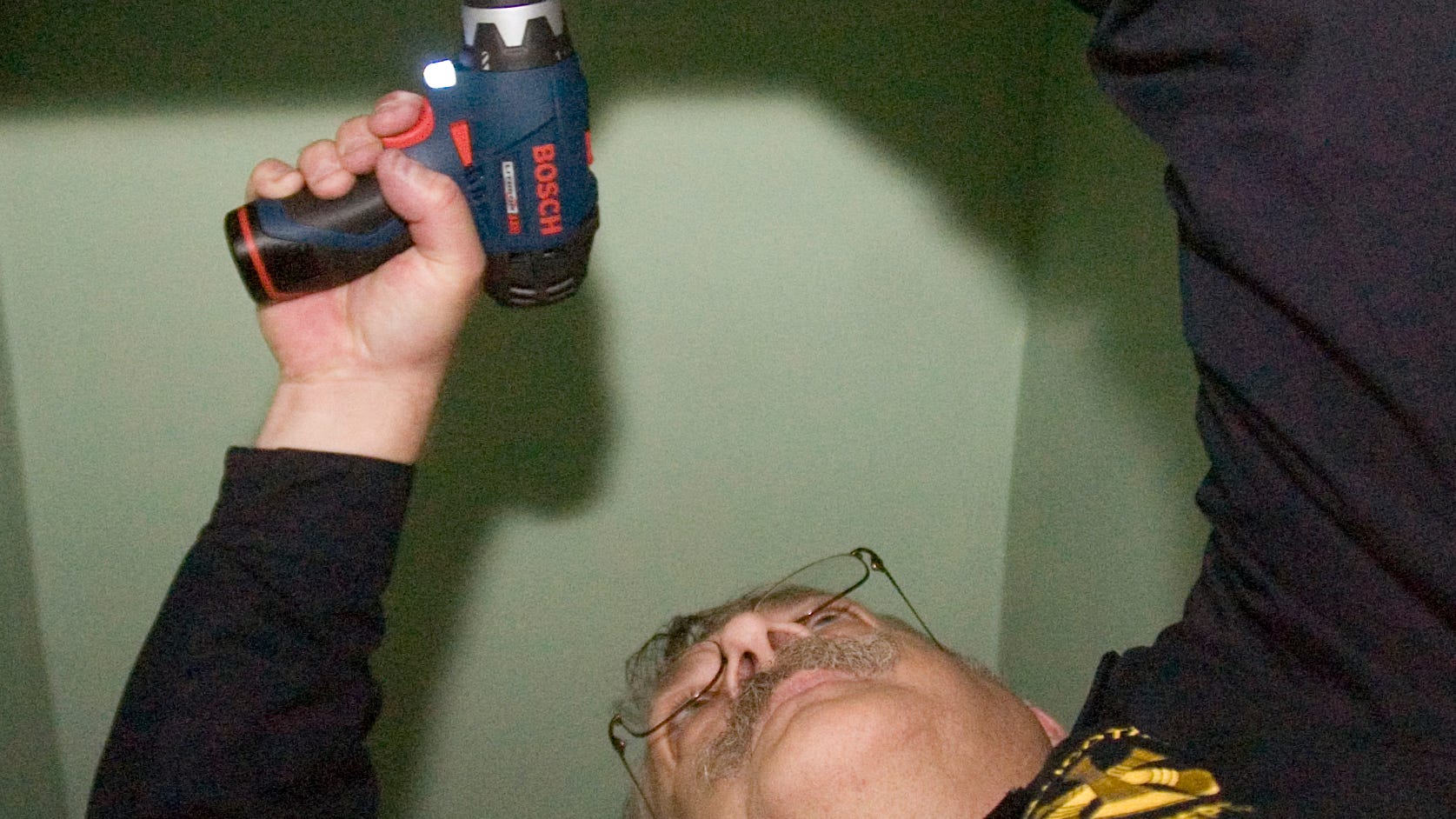An odorless gas has been blamed for even more deaths: How to stay safe

It's odorless, colorless and deadly. And now, carbon monoxide is yet again in the news.
Multiple news outlets report the gas has been preliminarily blamed for the deaths of a dozen people who recently died in a sleeping area above a restaurant at a ski resort in the country of Georgia.
Furnaces, generators, grills, small engines and gas vehicles are among common sources of the poisonous gas, according to the U.S. Centers for Disease Control and Prevention. People often turn to some of those devices during cold weather or power outages, making carbon monoxide poisoning a special concern during winter weather and after natural disasters.
On Saturday, Georgia's Ministry of Internal Affairs wrote in a statement that officials found that "a power generator was placed in an indoor area, closed space near the bedrooms which was turned on yesterday, probably after the power supply was turned off."
Carbon monoxide poisoning kills more than 400 people each year in the U.S. on average and causes more than 100,000 Americans to visit the emergency department each year on average, according to the CDC.
Here's what to know about carbon monoxide and how to stay safe.
What is carbon monoxide and why is it dangerous?
Carbon monoxide is an odorless and colorless gas that can build up in enclosed or partially enclosed spaces, poisoning people and animals who breathe in too much, according to the CDC.
The gas can be deadly. According to the health agency, inhaling carbon monoxide prevents the body from receiving and using oxygen properly and disrupts "respiration at the cellular level," which can harm organs, including the heart and brain.
What are the symptoms of carbon monoxide poisoning?
The CDC says symptoms of carbon monoxide poisoning are "variable and nonspecific," but include "headache, dizziness, weakness, nausea, vomiting, chest pain, and altered mental status."
Severe cases of gas poisoning can include "malaise, shortness of breath, headache, nausea, chest pain, irritability, ataxia, altered mental status, other neurologic symptoms, loss of consciousness," according to the health agency.
How can you stay safe from carbon monoxide?
People can stay safe from possible carbon monoxide poisoning by taking precautionary measures.
Experts from the CDC recommend installing battery-operated or battery back up carbon monoxide monitors in sleeping areas in homes and checking the detectors regularly to ensure they are working properly.
The agency also recommends the following safety tips to prevent carbon monoxide poisoning:
- Never use a generator in enclosed spaces, including in your home and garage. Place generators outside and more than 20 feet from your home, doors and windows.
- Have your heating system, water heater, and other gas-, oil- or coal-powered appliances are serviced yearly by technicians.
- Remember to service any appliances in your home that emit gas.
- Clean and check your chimneys every year.
- Never use a gas oven to heat a home.
- Never burn charcoal indoors.
- Never run a vehicle inside an attached garage. For detached garages, leave the door open to allow air to flow.
- Buy only equipment carrying the seal of a national testing agency, such as Underwriters' Laboratories.
Contributing: Thao Nguyen; Paste BN
Contact Kayla Jimenez at kjimenez@usatoday.com. Follow her on X at @kaylajjimenez.